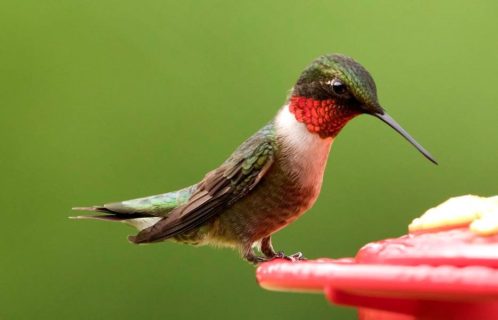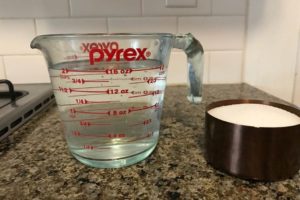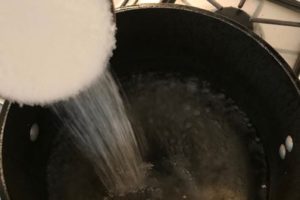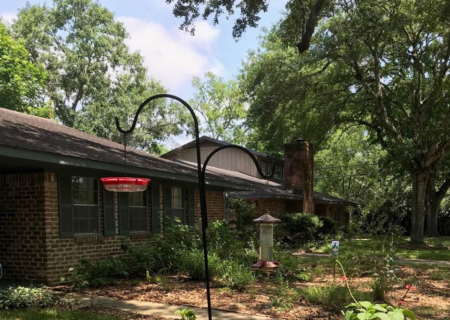Good News: You Can Spend Time With Wildlife In Your Own Yard!
 We hope you enjoyed today’s Facebook Live–sharing with you the amazing array of pollinators, and how you can help attract them to your yard or patio. A pollinator is anything that helps carry pollen from the male part of the flower to the female part of the same or another flower, and this helps the plant produce fruit/seeds/young plants! A few pollinators include insects and animals, like bees, wasps, moths, bats, butterflies, and birds.
We hope you enjoyed today’s Facebook Live–sharing with you the amazing array of pollinators, and how you can help attract them to your yard or patio. A pollinator is anything that helps carry pollen from the male part of the flower to the female part of the same or another flower, and this helps the plant produce fruit/seeds/young plants! A few pollinators include insects and animals, like bees, wasps, moths, bats, butterflies, and birds.
During our extended time at home, you can help make your backyard, front yard, or even patio friendly to pollinators. We have a number of ways to make your space wildlife-friendly, which you can find here.
Today, we’ll share a step by step process to attract hummingbirds to your space!
We have several hummingbird species in Houston, including the ruby-throated hummingbird, the rufous hummingbird, and the black-chinned hummingbird. The ruby-throated hummingbird is the most common, and if you’ve ever seen a hummingbird in your backyard, it’s likely this species.
To attract hummingbirds to your space, you can take a number of actions, including planting native Texas plant species that attract pollinators (like Gulf Coast penstemon, cardinal flower, or pentas). You can also purchase a hummingbird feeder and make your own nectar to fill the feeder. Here’s how:

Step 1: Hummingbird nectar can easily be made at home. Proportions for nectar include 4 parts water to 1 part sugar. Here, I’m making a big batch so I can refrigerate some. I’ll use 1 cup of sugar, and 4 cups of water.
Step 2: Boil your water.
Step 3: Add sugar into boiling water and mix to help dissolve.

Step 4: Let nectar mixture cool completely. This is important. Do NOT put hot nectar into the feeder.
Step 5: Once the nectar is cool, fill your feeder and place outside (ideally near pollinator friendly plants in your yard or on your patio). Put any extra nectar into the refrigerator for later use.
Make sure to let nectar cool completely before adding to your feeder.
Feeder is ready to go outside! The red on the feeder attracts the hummingbirds, so please do not add red dye to your nectar mixture.
You can make extra nectar and refrigerate until use.
Step 6: Enjoy your new wildlife neighbors! Snap some photos while they visit your feeder and upload them to a site like eBird, which utilizes bird sightings from people around the world to inform bird research and conservation efforts worldwide.

Tips:
- Completely clean and refill your hummingbird feeders every few days.
- Do NOT use red food coloring. The red coloration on your feeder will attract the birds.
You can learn more about how to make your space wildlife-friendly by visiting our website. We can’t wait to welcome you back to the Zoo – in the meantime, your support is more critical than ever. By supporting our Emergency Zoo Fund, you help ensure that we fulfill our mission of connecting communities with animals and inspiring action to save wildlife, even during these challenging times.
